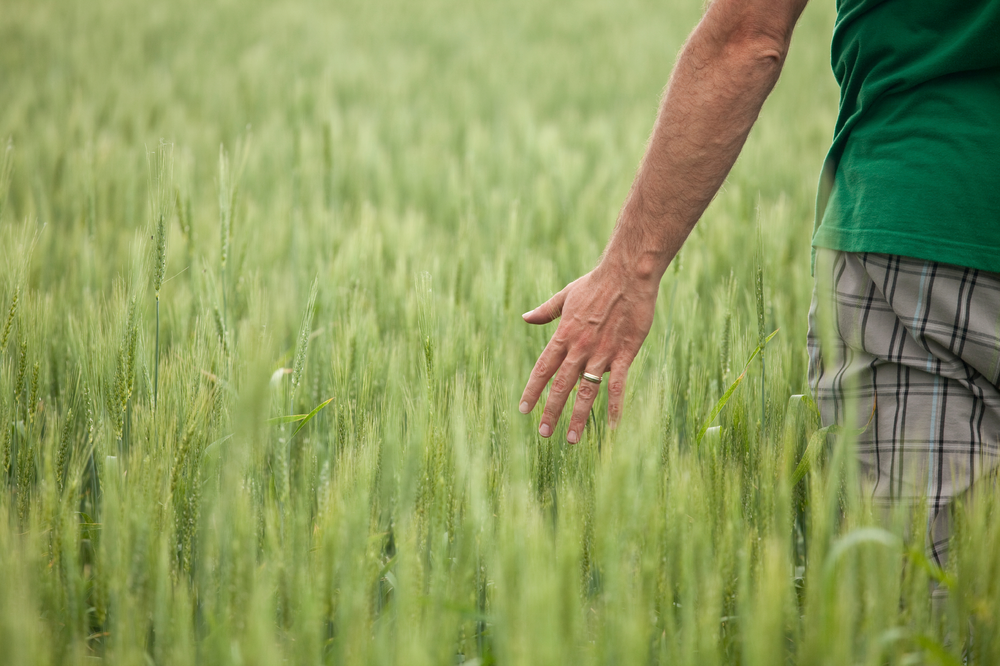Farmers, growers called to produce digital information as well as food and fibre
Food and fibre production are critical export earners for New Zealand – and digital information about what, where and how it is being produced is critical if we are to maintain and grow export earnings into the future.
Whether producers like it or not, digital information sourced from New Zealand farms, orchards and forests is increasingly necessary for multiple purposes along supply chains, at borders and in consumer markets. Our old “clean and green” reputation and our natural friendliness towards trading partners is just no longer enough!
The global marketplace is seeing standards imposed around quality, safety and sustainability going up all the time, and being applied more widely and with greater precision. Customers and governments want proof of products’ (and of producers’) acceptability and/or compliance in ways instantly understandable and useable by them.
New European Union Deforestation Regulations are a good example of the rising demands. From July next year, companies selling relevant products into the EU zone must provide documentation proving those products are not derived from land just deforested or subject to ‘forest degradation’ after 31 December 2020. Products of interest will include cattle, wood, cocoa, soy, palm oil, coffee, rubber, and some products derived from these such as leather, chocolate, tyres and furniture.
We might think this is targeted at Brazil or Southeast Asia because of their contentious stripping of indigenous vegetation, but the demand will likely fall on New Zealand producers as well, especially dry-stock farmers. Exports will need to be accompanied by precise information on their places of origin and methods of production. The EU has also passed specific legislation for other high-profile categories such as wine and viniferous products.
Is export-reliant New Zealand ready? Naturally, most farmers, growers, processors and marketers have a strong grasp of the environments in which they’re working and the methods they are using. But do they have the required information about these things in precise digital data forms that will be immediately useable in export markets (and at international borders)? In many cases, no.
What is clear is that we need to internationalise some of our approaches because export customers (and other countries’ regulators) are peering back upstream and into our market. The New Zealand Business Number (NZBN) system established by the Government is a critical first building block: The NZBN is a globally unique identifier for every legal entity in New Zealand (including operators of every farm and orchard) and it is ‘international out of the block’, meaning that it is based on GS1’s long-proven Global Location Number (GLN) standard identifier.
NZBN infrastructure can encompass locations (physical, functional and digital) beneath the legal entity – potentially, every location being used for production, processing and so on. By using NZBNs and GLNs, every entity engaged in supplying a product helps to meet the increasing demand in the global marketplace for information around that product – and does so using a ‘common language’ understood virtually worldwide.
NZBNs and GLNs work with other tools for digital information capture, storage and sharing, but everything starts with those identifiers. And that, in turn, requires commitment and adoption by the individual producer. There is no question of governments or international bodies imposing a ‘one size fits all’ rule on the New Zealand farmer and grower. It’s all a matter of the producer future-proofing their business – and this country’s export earnings – by ensuring products can still be sold into traditional and new export markets where digital information is increasingly a prerequisite.
Government agencies and international organisations like GLOBAL G.A.P. can only do so much for the maintaining and growing of New Zealand exports through trade negotiation and guidance on global market certifications. The work must continue everyday on farms, orchards and vineyards.


